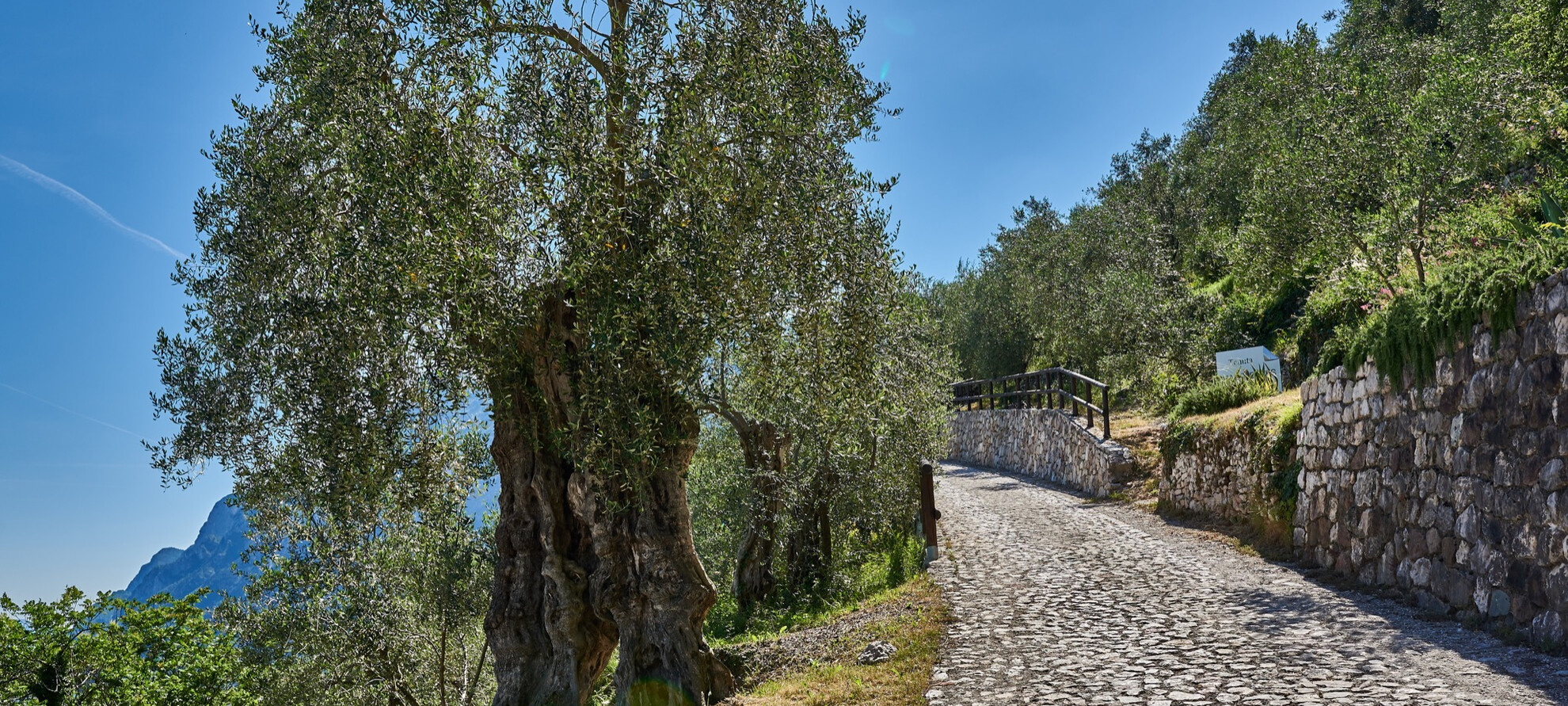Garda Oil Maso Botes Trentino
Pure Casaliva juice
“Oil is not a matter of I like it, I don’t like it. Oil is an ingredient. It is like salt, a seemingly banal ingredient, but one which makes the balance tip. You can have the best char in the world but if you get the salt wrong, you ruin it. So, light oils go with light dishes, intense oils with more intense dishes. Intense oil on the char will kill your dish you even if you like intense oils.”
What do we mean by intensity and by lightness? There are three notes that a quality oil releases on the palate: bitter, spicy and sweet. Depending on the persistence of each one, we classify oils as more or less intense. Then there are the scents, which are defined by the variety of olives and soil, and depend on the ability to preserve them during production and then again during storage. The scents of Trentino oil taste of grass, artichoke, leaf and almond. We also talk about texture when we distinguish one oil from another. Texture is given by the balance of water and fat at harvesting and during pressing.
In short, if until twenty years ago, oil, even extra virgin olive oil, was nothing more than an edible fat, today it is a noble ingredient that deserves a journey into the taste and culture of a territory. That is what we do at Maso Botes, where the oldest olive tree in Trentino, which gives Maso its name, has been thriving on the farm of Andrea Santuliana, his brother Francesco, father Renato and mother Rita at least since the thirteenth century.
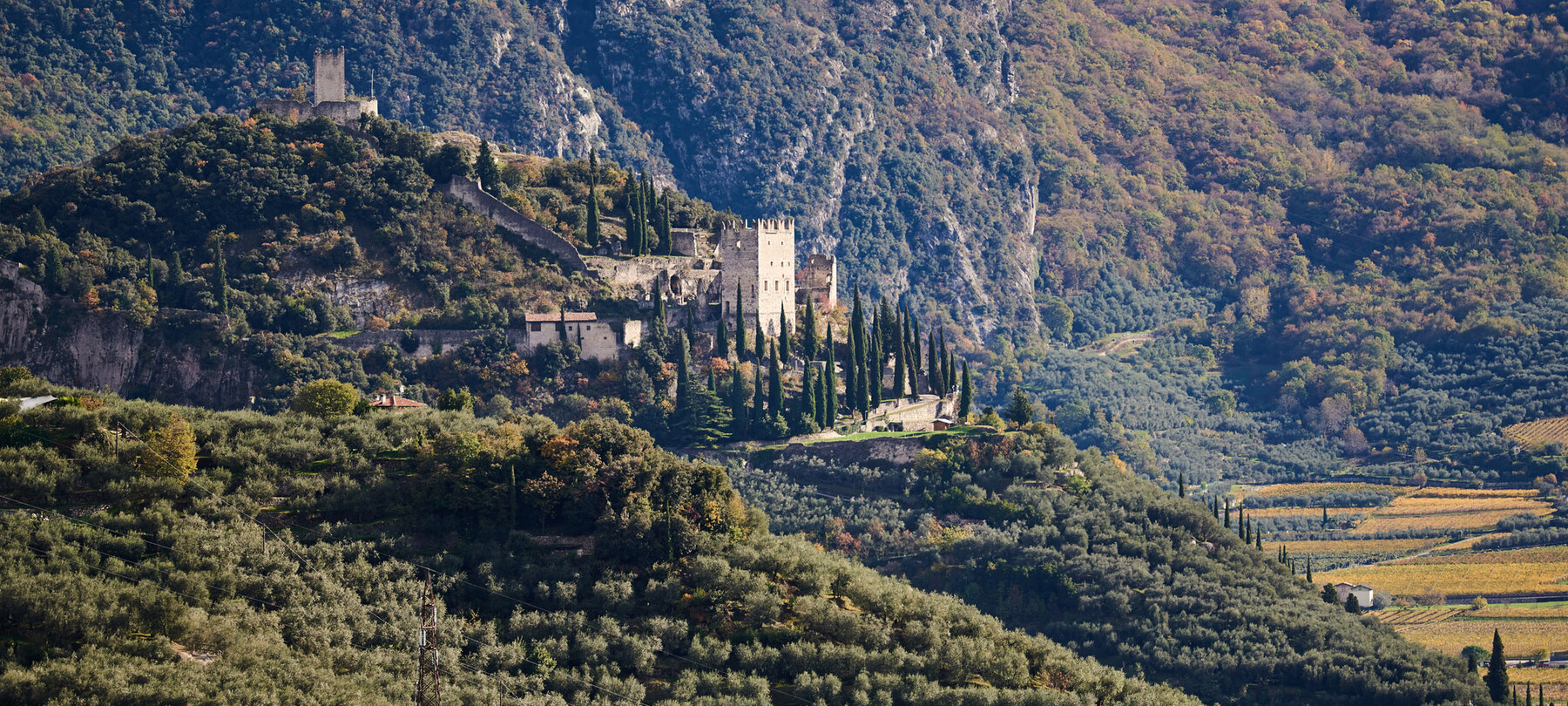
The olive orchards of Garda Trentino
In the Garda Trentino there are approximately 500 hectares of olive groves, half of which extend on the Arco hill, from Ceole to the castle. They are all historical, centuries-old plants of one and only variety of olive: Casaliva. Compared to the approximately 600 varieties of olives in Italy, the Casaliva is the only one that has found its natural habitat here, because on this hill the climate remains dry even in winter.
In Garda Trentino we do not have olive groves, but, in fact, olive orchards. “The olive grove is like a vineyard, a plot where you either have vines or olive trees, you enter for cultivation and then you return home, it is cultivated land. However, olive orchards also have a landscaping function, consolidating the slopes. There is a ban on building fences around olive orchards, we can all walk there. It’s an old regulation that we’ve carried with us since we were Austria. Oil for the Empire was made here”.

The olive trees of Garda Trentino
The olive tree is a very resistant wild plant; it survives even without care and pruning, though perhaps it may not yield fruits consistently. Here, however, the olive trees do not remain unproductive for long, because more than half of those in the area are cultivated by hobbyists, owners of a few specimens who, for centuries and by tradition, have cultivated for self-production and self-consumption.
This is how Andrea’s family also began, with 50 olive trees for the family oil. Today, with his own oil mill and years of study and research, the olive trees of Maso Botes have become 1500 on 5 hectares of land distributed over 1 km of hill; the certified organic and cold pressed oil is one of the most appreciated in the area.
“The harvest lasts 30 to 40 days. We have structural limits because everything, due to the conformation of our territory with low walls, must be done by hand. We harvest during the day and in the late afternoon we go to the oil mill and begin producing oil with the day’s harvest. The sooner olives are pressed, the better it is for the quality of the oil, because even a single olive that falls into the net and suffers trauma, according to our standards, does not have time to start the oxidation process”.
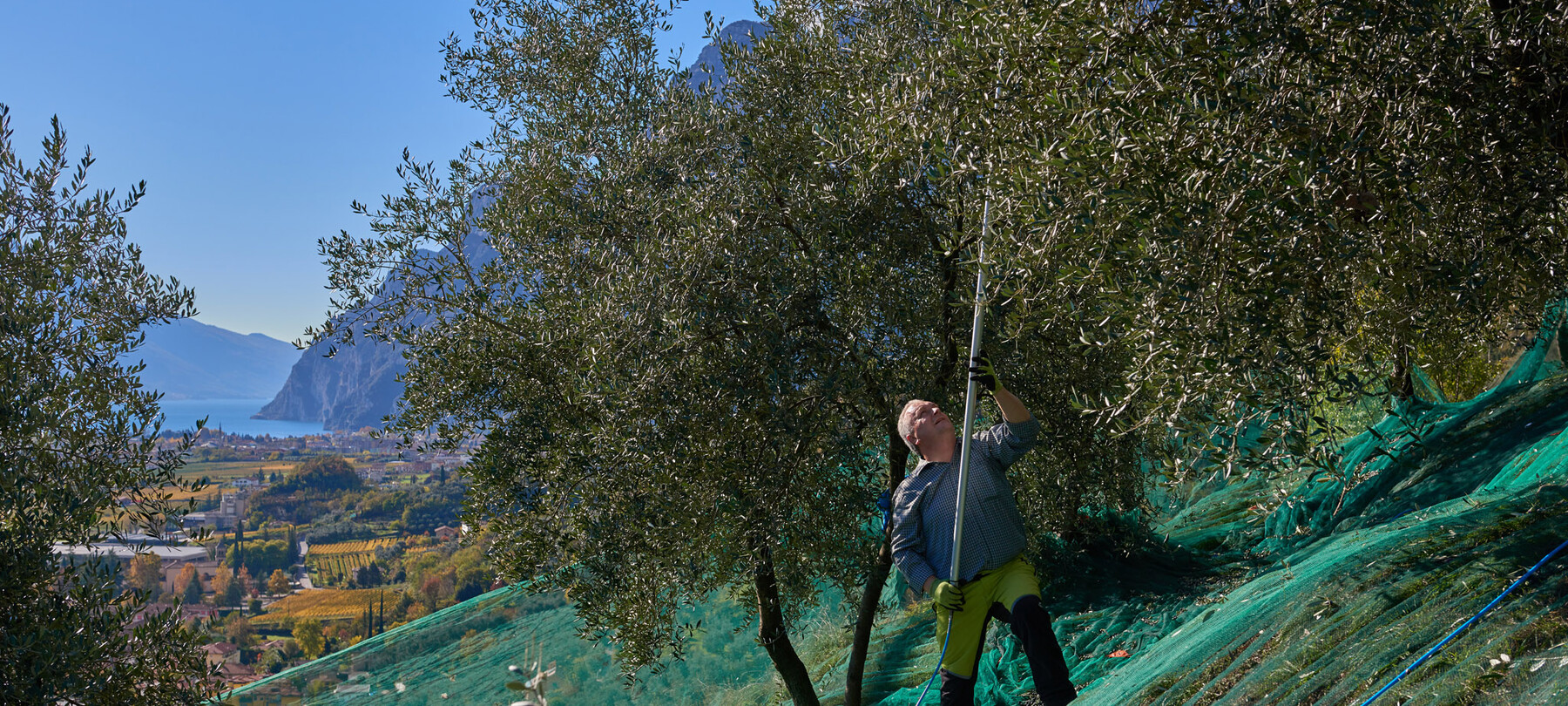
The olive harvest of Garda Trentino
Maso Botes harvest begins in October, at the time of veraison, when the colour of the olive begins to turn from green to yellow. The green part contains chlorophylls, responsible for the texture in the mouth: bitter, spicy, sweet and fresh. An overripe olive makes the oil very sweet. The yellow parts of the peel, however, are those that give the variety of aromas to the nose.
The vintages are different from each other and greatly depend on the weather conditions. Therefore, every year the work in the oil mill must interpret the harvest and consequently adapt the production activities.
“Until the 1990s, harvesting on Garda began between December and January, although the winters were colder than now”. The harvested olives were left to dry on the attics of homes. The oil obtained in this way was light, completely different from the current Garda oil. The change occurred around the 2000s, when technology made it possible to modify extraction techniques in mills, and studies and research made it possible to work on nutritional, organoleptic and taste qualities.
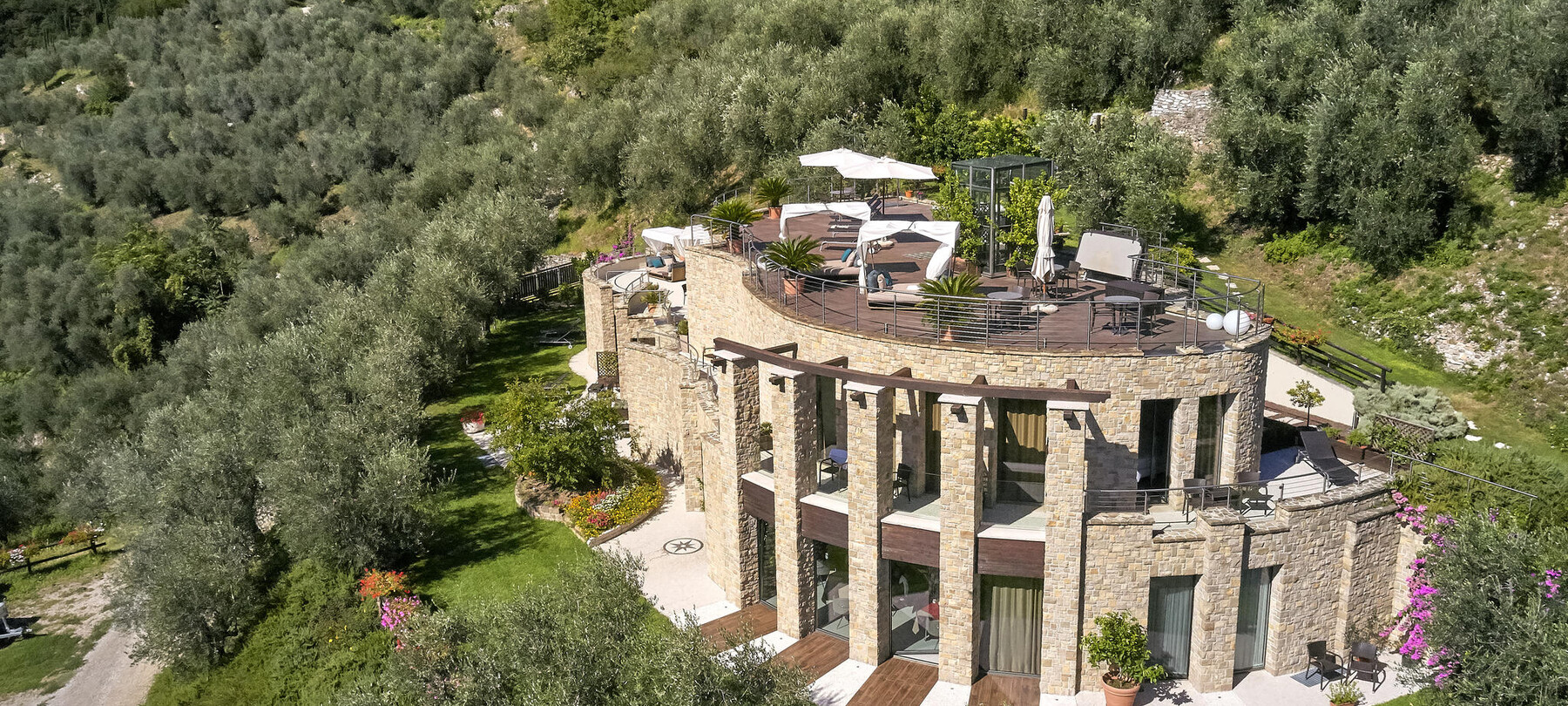
The oil from Maso Botes in Garda Trentino
Oil does not age like wine. If anything, it gets worse. “The time it takes to deteriorate depends on the quality of the olives, the extraction methods and a lot on storage.” Oil must not be exposed to light. Maso Botes has managed to guarantee a 3-year shelf life of its oil, which is a very long time, also thanks to the 3-layer paint in which it coats each bottle.
Having only one variety of olive available, Maso Botes pushed forward its research by taking inspiration from the concept of terroir in the world of wine, i.e., by diversifying nature of the land on which the olive trees grow. Thus, the mill was able to produce three different oils. From the lightest to the most intense: Millenario from olive trees that live on sandy soil, Preéra on stony soil, and Dieci Decimi on clayey soil. The intensity of aromas, the texture of oil and the different combination of fluidity and density vary with the soil.
To date, after 10 years of experimentation, Maso Botes also produces a chilli oil and a lemon oil, not by infusion but by direct pressing; it took 3 years of study to find the right combination.
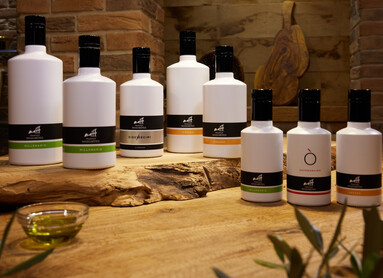
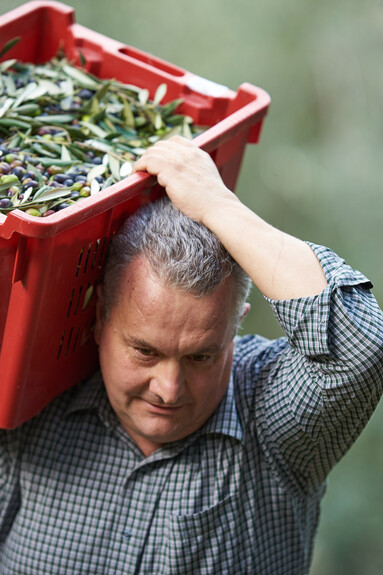
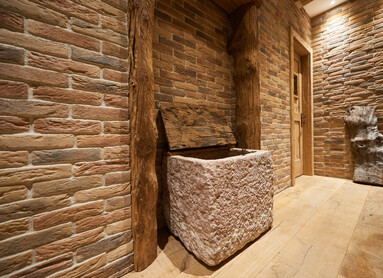
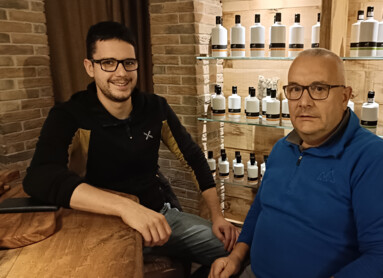
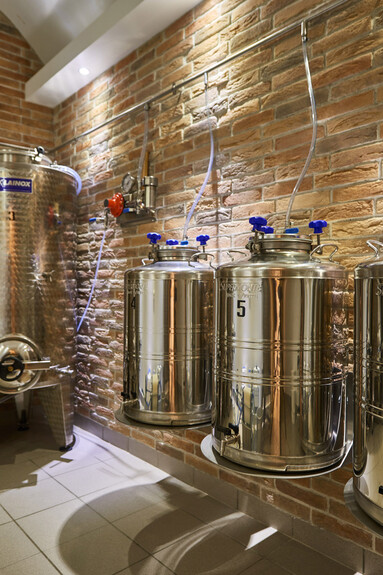
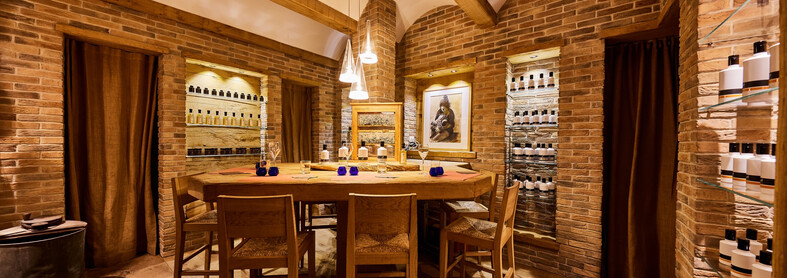
A tasting session in Trentino’s Garda
Botes is not only the name of the thousand-year-old olive tree growing on the lands of the Santuliana family, it is also the name of a place. “In the historical municipal archive of Arco this location is spoken of as a place of exchange of goods. The road that takes you to us where you see the olive tree is a mule track that the farmers of the valley bottom used to travel with products from the plains that reach up to Lomaso. On the mule track you can still see the historical signs of the wagons that came down and arrived under that olive tree to exchange agricultural products, give each other a handshake, as a sign of a contract and a successful deal”.
Tasting at Maso Botes is an experience that you can have all year round. You can enjoy it in a farm located in the heart of an olive orchard, because it is built following the design of the dry stone walls that support it.
You will be amazed at the aromas that each oil releases if brought into your hands at the right temperature, at the bitter, spicy and sweet notes that reach the palate and then fade away leaving behind the prevailing one among them, at how one oil tastes of spring and another of autumn, of how complex and exciting the texture of a food that we know so much and yet so little can be. After all, its history is ancient, but its narrative is recent. You can start from here, taking the right time to let those who are writing the best pages tell you about it.

